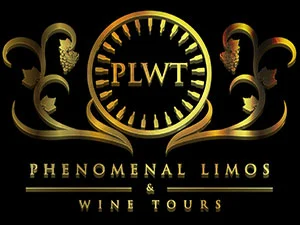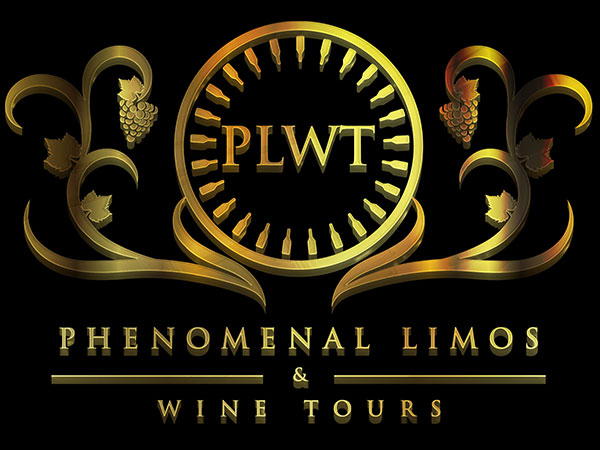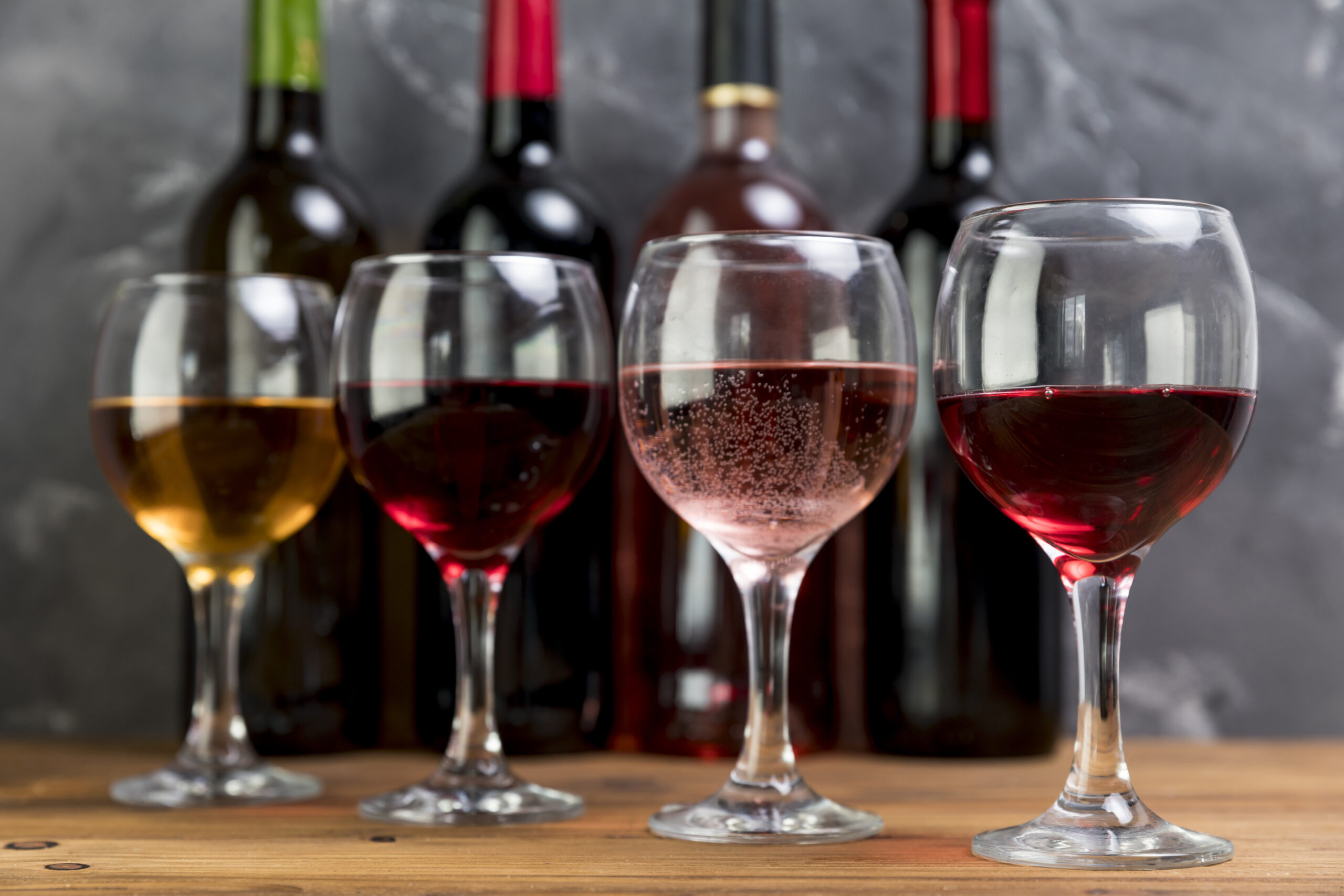
The world of wine offers a captivating exploration for the curious drinker. From the bold reds of Cabernet Sauvignon to the crisp whites of Sauvignon Blanc, there’s a vast array of styles to discover. Red, white, rosé, and sparkling wines each boast unique characteristics, influenced by the grapes used, the regions where they are grown, and the winemaking techniques employed. Understanding these factors unlocks a deeper appreciation for the nuances within each glass. But wine isn’t just about theory – it’s about enjoyment! The right pairing can elevate a meal, while proper serving temperature allows a wine to shine. Ultimately, the most important factor is your own preference. So, embark on this delicious journey, explore different styles, and discover the wines that tantalize your palate.
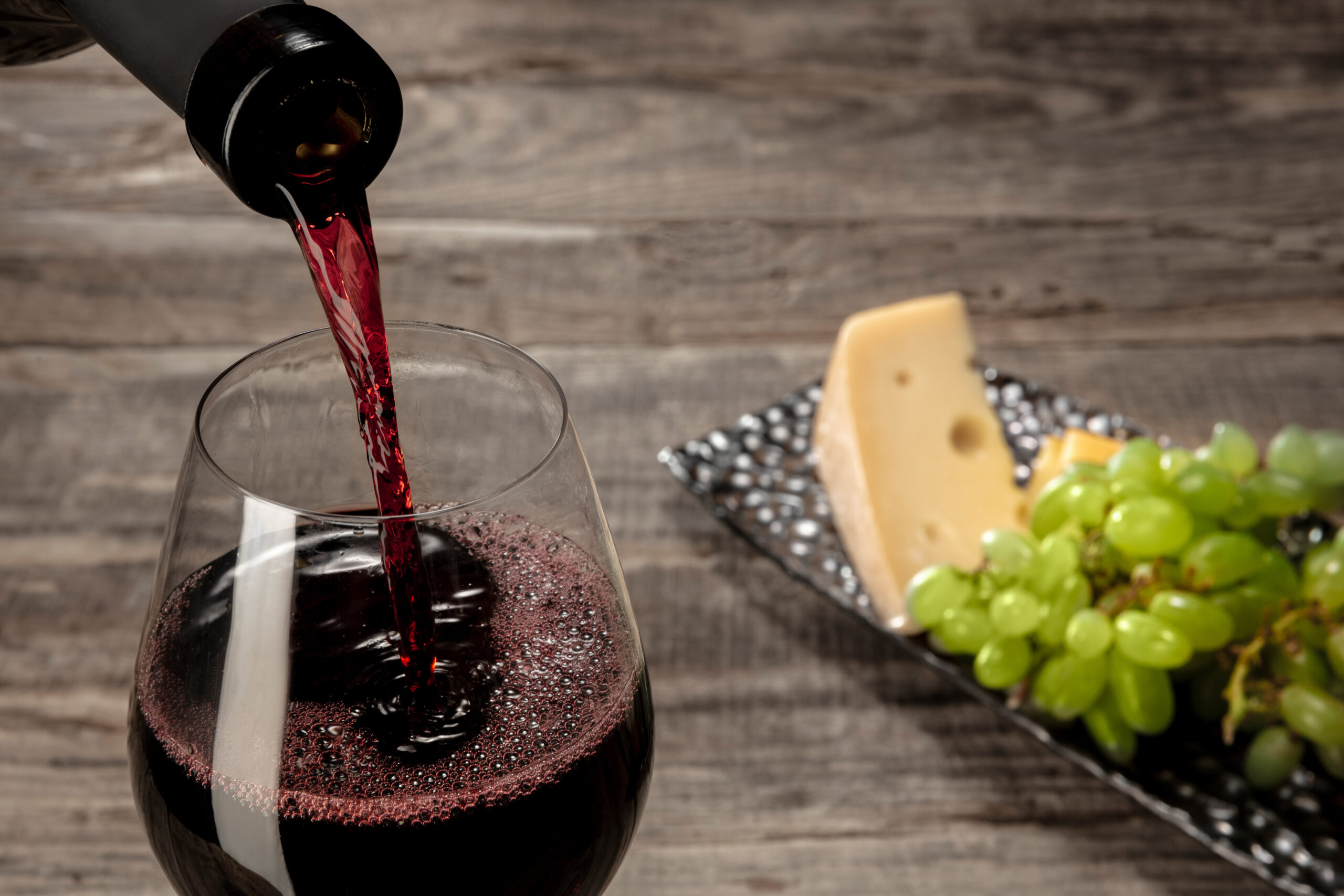
Demystifying the Four Wine Styles
Red Wine
Color: Red wines get their vibrant hues from anthocyanins, pigments found in the skins of red grapes. The color intensity can vary greatly, ranging from a light ruby to a deep, inky purple. Young red wines tend to be more purple due to the presence of unstable anthocyanins. As the wine ages, these pigments break down, leading to a shift towards a brick red color.
Flavor profile: Red wines are known for their boldness and full body. This is due to the presence of tannins, phenolic compounds also found in grape skins. Tannins create a drying sensation on the palate, often described as astringent or grippy. The level of tannins varies depending on the grape variety and winemaking techniques. Cabernet Sauvignon, for example, is known for its high tannin content, while Pinot Noir has softer tannins.
Flavor Spectrum: Beyond the textural element of tannins, red wines boast a complex flavor profile. Common characteristics include:
-
- Dark fruit: Blackberry, plum, cassis (black currant), cherry, and boysenberry are frequently encountered flavors in red wines.
- Spice: Depending on the grape variety and aging, red wines can exhibit notes of pepper (black pepper, white pepper), clove, allspice, and nutmeg.
- Earth: Earthy notes can add complexity to red wines, hinting at leather, tobacco, damp earth, and forest floor.
- Other notes: Depending on the grape and winemaking, some red wines might present hints of herbs (eucalyptus, mint), floral aromas (violet), and even smoke (from oak barrel aging).
Popular Grape Varieties:
-
- Cabernet Sauvignon: The “king of red grapes,” known for its powerful structure, bold tannins, and dark fruit flavors (blackcurrant, blackberry).
- Merlot: A softer and more approachable red wine compared to Cabernet Sauvignon. Merlot offers flavors of plum, red cherry, and can have hints of chocolate or cedar.
- Pinot Noir: A lighter-bodied red wine known for its delicate fruit character (cherry, raspberry) and earthy notes (mushroom, truffle).
- Shiraz/Syrah: This grape can produce wines in a wide range of styles, from bold and peppery (black pepper) to more restrained with notes of blackberry and plum.
- Zinfandel: Known for its jammy fruit flavors (blackberry, raspberry) and a touch of peppery spice.
Food Pairings: Red wines pair well with bold flavors that can stand up to their tannins and body. Consider these classic pairings:
-
- Red Meat: Steak, lamb chops, roasted venison all find perfect harmony with robust red wines like Cabernet Sauvignon or Shiraz.
- Grilled Vegetables: Smoky grilled vegetables like eggplant, peppers, and portobello mushrooms complement the savory character of red wines.
- Hearty Stews: Rich stews made with beef, lamb, or lentils pair beautifully with full-bodied red wines.
- Cheeses: Aged cheeses like cheddar, gouda, or gruyere can hold their own against the boldness of red wines.
White Wine
Color: White wines range in color from pale yellow to gold, though some white wines with extended skin contact can have a deeper, almost orange hue. The color is primarily influenced by the grape variety and the amount of skin contact during fermentation.
Flavor profile: White wines are generally lighter-bodied and have higher acidity than red wines. This acidity contributes to a crisp, refreshing mouthfeel. The flavor profile of white wines can be quite diverse, but some common characteristics include:
-
- Citrus: Lemon, lime, grapefruit, and orange zest are frequently found in white wines.
- Orchard Fruit: Apple, pear, and sometimes quince can add sweetness and body to white wines.
- Stone Fruit: Peach, apricot, and nectarine contribute juicy and sometimes floral notes to white wines.
- Floral: Some white wine grapes, like Gewürztraminer, Viognier, and Riesling, are known for their distinctive floral aromas (rose, honeysuckle).
Popular Grape Varieties:
-
- Chardonnay: One of the most popular white grapes globally. Chardonnay can be vinified in a wide range of styles, from unoaked and crisp (with citrus and green apple flavors) to oaked and buttery (with richer flavors of vanilla and toast).
- Sauvignon Blanc: Known for its crisp, refreshing style with prominent citrus notes (grapefruit, lime) and grassy aromas. Sauvignon Blanc can also exhibit hints of tropical fruit (passion fruit, guava) in warmer climates.
- Pinot Grigio/Gris: This light-bodied white wine is known for its neutral character with subtle hints of pear, lemon, and sometimes minerals.
- Riesling: A versatile grape variety that can produce wines ranging from dry to very sweet. Riesling is known for its pronounced acidity and aromatic profile, featuring notes of peach, apricot, honey, and sometimes petrol.
- Gewürztraminer: This unique white grape produces wines with a distinctive lychee and rosewater aroma. Gewürztraminer wines can be dry or off-dry, with flavors of tropical fruit and floral notes.
Food Pairings: White wines shine when paired with lighter dishes that won’t overpower their delicate flavors. Here are some classic pairings:
-
- Seafood: The high acidity of white wines cuts through the richness of fish and shellfish. Consider pairing Sauvignon Blanc with oysters or grilled fish, or Chardonnay with richer seafood like lobster or crab.
- Poultry: Roasted chicken or turkey pairs beautifully with unoaked Chardonnay or Pinot Grigio.
- Salads: White wines complement the fresh flavors of salads with light vinaigrettes.
- Creamy Pasta Dishes: Unoaked Chardonnay can hold its own against the creamy texture of pasta dishes with cheese or pesto.
- Cheeses: White wines can be paired with a variety of cheeses depending on the style. Unoaked Chardonnay or Sauvignon Blanc complement goat cheese, while richer Chardonnays can pair well with gruyere or brie.
Rosé Wine
Color: Rosé wines range from pale pink to salmon, depending on the grape variety and skin contact time.
Flavor profile: Rosé wines can be dry and crisp or slightly sweet, with fruit flavors of strawberry, watermelon, citrus, and sometimes floral notes.
Popular Grape Varieties: Grenache, Pinot Noir, Cabernet Sauvignon, Merlot, Syrah/Shiraz.
Food Pairings: Rosé wines are versatile food pairings due to their light body and acidity. They complement salads, grilled fish, lighter meats, and brunch dishes.
Sparkling Wine
Definition: Sparkling wines are defined by the presence of carbon dioxide bubbles, which can be achieved through various methods.
Styles: The most famous sparkling wine is Champagne, produced in the Champagne region of France using the traditional method. Other notable styles include Prosecco (Italy), Cava (Spain), and many others produced worldwide.
Flavor profile: Sparkling wines range from dry (Brut) to sweet (Doux), with flavors reflecting the base wine and sometimes toasty notes from aging in contact with yeast.
Food Pairings: Sparkling wines are excellent for celebrations and appetizers. They can also pair well with brunch dishes and even desserts (depending on the sweetness level).
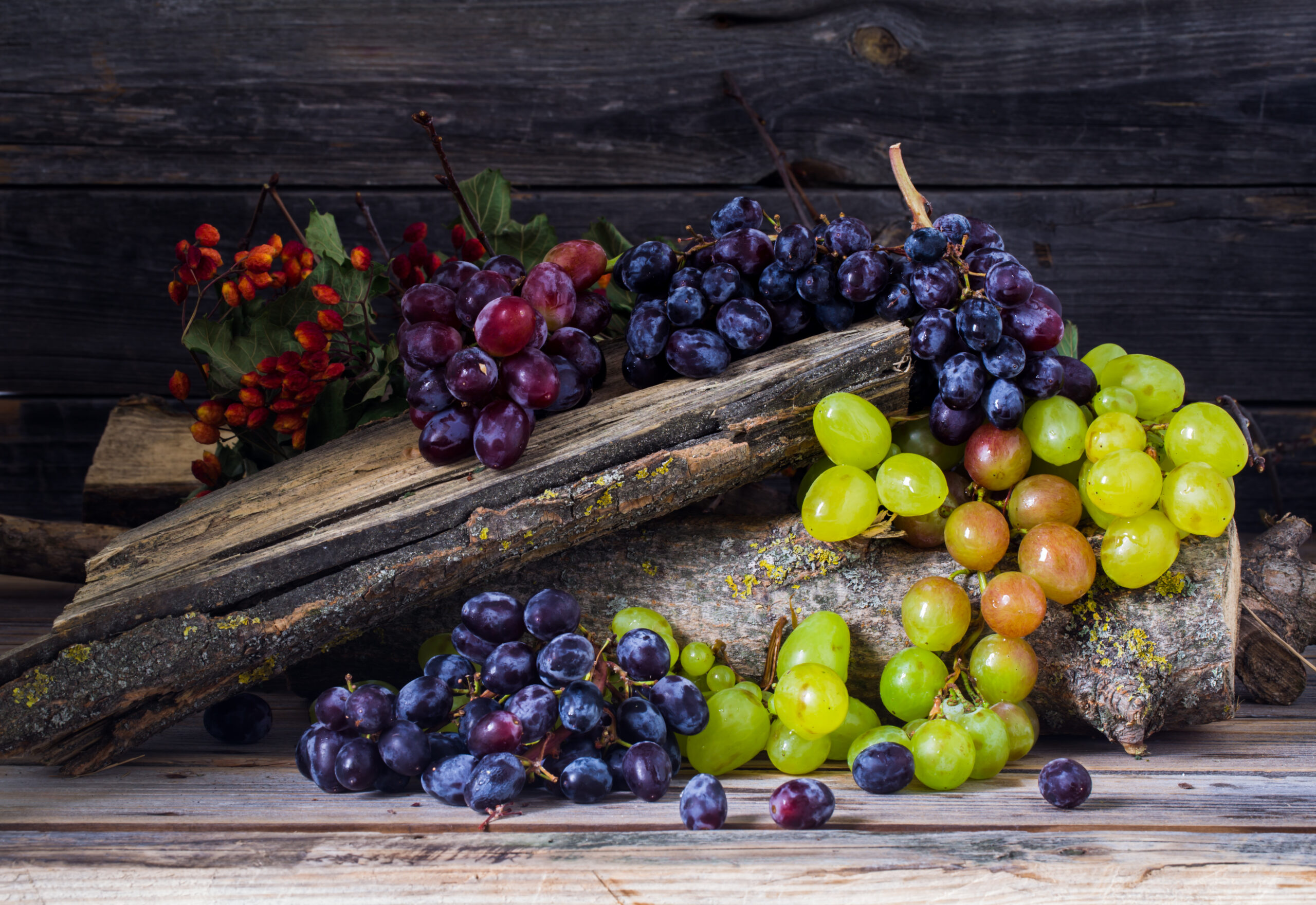
Beyond the Basics: A Deeper Dive
The Role of Grape Varieties
Grape varieties are the foundation of wine, each offering a unique blueprint for flavor, aroma, color, and structure in the final product. Understanding the characteristics of different grape varieties is key to appreciating the vast diversity of wines available.
Cabernet Sauvignon: This world-famous red grape is known for its bold tannins, which create a drying sensation on the palate and contribute to a wine’s ageability. Cabernet Sauvignon wines typically boast flavors of blackcurrant, blackberry, cassis, and sometimes cedar or bell pepper.
Pinot Noir: In stark contrast to Cabernet Sauvignon, Pinot Noir is a thin-skinned red grape that produces lighter-bodied wines. Pinot Noir is prized for its delicate fruit character, often featuring notes of cherry, raspberry, and red plum. It can also exhibit earthy aromas like mushroom and truffle.
Chardonnay: This versatile white grape can be vinified in a wide range of styles, depending on the winemaker’s choices. Unoaked Chardonnay showcases crisp acidity and flavors of citrus (lemon, lime), green apple, and sometimes mineral notes. Oaked Chardonnay undergoes fermentation and/or aging in oak barrels, imparting richer flavors of vanilla, butter, toast, and nuts.
Beyond Single Varietals: The Art of Blending
While many wines are produced from a single grape variety, the practice of blending is also widespread. Blending allows winemakers to combine the strengths of different grapes, creating a more complex and harmonious wine. For example, Cabernet Sauvignon might be blended with Merlot to soften its tannins and add a touch of plummy fruit. Similarly, Chardonnay can be blended with other white grapes like Sauvignon Blanc to achieve a desired balance of acidity and fruit character.
The Influence of Wine Regions
A wine’s character is not solely defined by the grape variety. The region where the grapes are grown also plays a significant role. Factors like climate, soil composition, and viticultural practices (grape growing techniques) all contribute to the unique expression of a place in the final bottle.
Climate: Cooler climates with shorter growing seasons typically produce wines with higher acidity and lighter bodies. Warmer climates, on the other hand, favor riper grapes, resulting in wines with higher alcohol content and bolder flavors.
Soil Composition: Different soil types can influence the way grapevines grow and absorb nutrients. For example, well-drained, gravelly soils like those found in Bordeaux, France, are well-suited for Cabernet Sauvignon, allowing the grapes to mature slowly and develop concentrated flavors.
Viticultural Practices: Winemakers can influence the character of their grapes through various viticultural practices. Canopy management (controlling leaf cover) and crop thinning (limiting the number of grapes per vine) are just a few examples. These practices can impact factors like grape ripeness, concentration of flavors, and ultimately, the style of the resulting wine.
Terroir: A Place Speaks Through Wine
The concept of terroir refers to the unique combination of climate, soil, topography, and viticultural practices that characterizes a specific vineyard or wine region. Each terroir imparts a subtle fingerprint on the grapes grown there, resulting in wines that are truly expressive of their place of origin. Wines from Burgundy, France, for example, where Pinot Noir reigns supreme, are known for their elegance and complexity due to the specific combination of factors present in that region.
Production Methods and Winemaking Styles
While the basic process of winemaking involves grape crushing, fermentation (where grape sugars are converted to alcohol by yeast), and aging, the choices made by the winemaker can significantly impact the final product.
The Role of Oak: Oak barrels are a traditional tool used for fermenting and aging wines. Oak imparts various flavors and aromas to the wine, including vanilla, toast, caramel, and spice. The type of oak (French, American), the toast level of the barrels (how heavily they have been charred), and the length of time the wine spends in contact with oak all contribute to the final flavor profile.
Skin Contact for Red Wines: The amount of time red grape skins stay in contact with the fermenting juice significantly affects the color and tannin levels of the wine. Longer skin contact leads to deeper color and more pronounced tannins. Conversely, minimal skin contact results in paler rosé wines with lower tannin content.
Malolactic Fermentation: This process is a bacterial conversion of tart malic acid (present naturally in grapes) to softer lactic acid. Malolactic fermentation can add richness and creaminess to a wine, particularly in white wines like Chardonnay.
Stainless Steel Tanks: Stainless steel is a widely used alternative to oak barrels for fermentation and aging. Wines fermented and aged in stainless steel tanks tend to be fresher and fruitier in style, as they are not exposed to the flavoring compounds from oak. Winemakers might choose stainless steel to preserve the bright acidity and delicate fruit character of certain white wines, like Sauvignon Blanc.
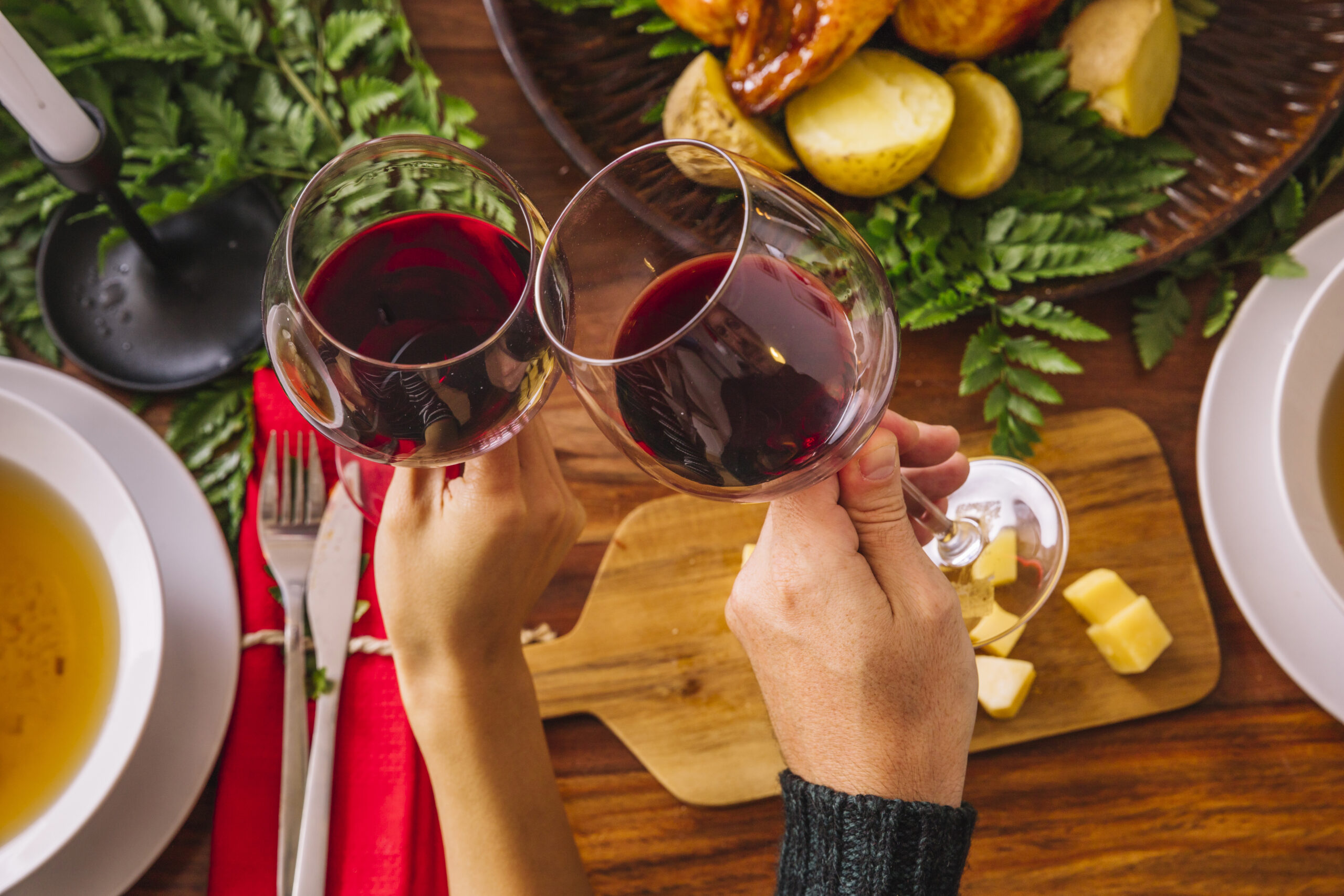
Enjoying Wine: Beyond the Bottle
Selecting Wine: Unveiling Your Perfect Bottle
Choosing a bottle of wine can be an exciting adventure. Here are some tips to navigate the vast selection:
Consider the Occasion: Are you celebrating a special event, enjoying a casual weeknight dinner, or having a gathering with friends? A festive occasion might call for a bottle of sparkling wine, while a comforting pasta dish might pair well with a lighter red wine.
Food Pairing: Understanding basic food pairing principles can significantly enhance your wine experience. Generally, lighter-bodied wines complement lighter foods, while bolder wines can stand up to richer dishes. Consider the weight and flavor profile of both the wine and the food for a harmonious pairing.
Explore Your Preferences: Do you enjoy bold and fruity wines, or are you drawn to crisp and acidic styles? Experiment with different grape varieties and regions to discover your favorites. Wine shops and restaurant staff can be valuable resources for recommendations based on your preferences.
Serving Wine: Setting the Stage for Enjoyment
Proper temperature service is essential to bringing out the best qualities of a wine. Here’s a general guide:
Red Wines: Aim for a slightly cool room temperature (around 60°F). Serving red wines too cold can mute their flavors, while excessively warm temperatures can accentuate alcohol and make the wine feel flabby.
White Wines & Rosé: These wines are best enjoyed chilled (around 45-50°F). This temperature range highlights the refreshing acidity and fruit characters of white wines and rosé.
Sparkling Wines: For Champagne and other sparkling wines, a well-chilled temperature (around 40°F) is ideal. This accentuates the lively bubbles and crisp flavors.
Glassware Matters: Using appropriate glasses enhances the wine drinking experience. Red wine glasses with a larger bowl allow for swirling and better appreciate the aroma. White wine glasses are typically smaller and help maintain the cooler temperature of the wine. Flute glasses are the classic choice for Champagne and other sparkling wines.
Food Pairing: A Symphony of Flavor
Food pairing goes beyond simply matching the weight of the wine to the weight of the dish. Consider complementary flavors and textures to create a harmonious experience. Here are some pointers:
Acidity and Richness: High-acid white wines can cut through the richness of creamy sauces and fatty fish.
Sweetness and Spice: Slightly sweet wines can complement spicy dishes, creating a balancing act on the palate.
Aromatic Wines and Bold Flavors: Aromatic white wines like Gewürztraminer can pair well with flavorful Asian cuisine.
Tannins and Protein: The tannins in red wines can bind with protein in meat, creating a smoother mouthfeel. Explore online resources and wine pairing guides for more detailed recommendations tailored to specific ingredients and cuisines.
Building Your Wine Knowledge: A Journey of Discovery
The world of wine is vast and ever-evolving. Here are some ways to embark on your journey of discovery:
Wine Tastings: Attending wine tastings allows you to sample different wines from various regions and grape varieties in a guided setting. You’ll learn about the unique characteristics of each wine and how to identify flavors and aromas.
Wine Classes: Wine classes delve deeper into specific regions, grape varieties, or winemaking styles. These classes can equip you with the knowledge to make informed choices and appreciate the nuances of different wines.
Reading and Research: Reading wine blogs, articles, and books is a fantastic way to expand your knowledge at your own pace. Explore topics that pique your interest, whether it’s the history of a particular wine region or the intricacies of winemaking techniques.
Experimentation: Ultimately, the best way to learn about wine is to experiment and find what you enjoy. Don’t be afraid to try new wines and explore different styles. Wine appreciation is a journey, so relax, savor the experience, and have fun along the way!
Conclusion
The world of wine offers a captivating exploration of taste and tradition. From the bold tannins and dark fruit notes of red wines to the crisp acidity and citrusy flavors of white wines, each style boasts a unique personality. Grape varieties like Cabernet Sauvignon and Pinot Noir play a starring role, while factors like climate and winemaking techniques further influence the final product. Sparkling wines add a touch of festivity with their lively bubbles, while rosé offers a refreshing and versatile option. As you delve deeper into this fascinating world, remember that experimentation is key. Discover your favorite grape varieties, explore diverse regions, and appreciate the craftsmanship behind each bottle. Remember, moderate wine consumption can even offer some health benefits, but always prioritize responsible drinking practices. So, raise a glass, embark on your wine adventure, and savor the journey!
